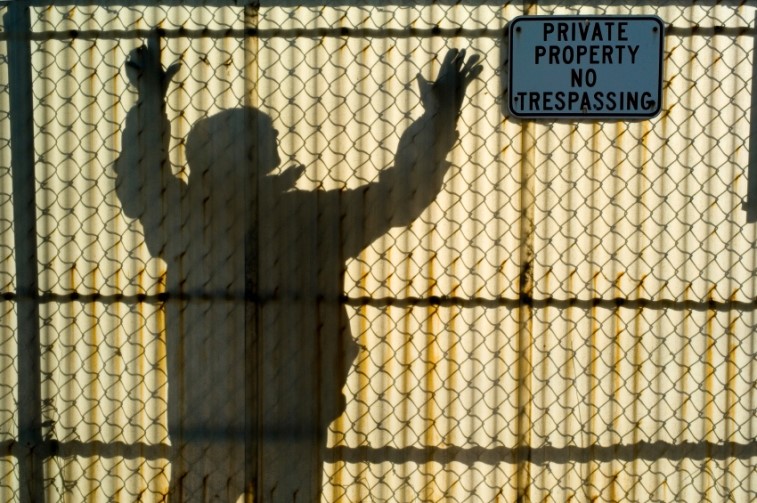
By: Scott Powell
THE CONSTRUCTION INDUSTRY AND THEFT
Theft is a major concern for most construction companies because they often deal with the unique challenge of protecting assets while working at remote locations. Since longer construction projects require assets to be left on the construction site for an extended period, after-hours theft can be a major problem. According to the National Equipment Register, the U.S. construction industry faces $1 billion in theft-related financial losses annually. From a safety and loss prevention perspective, it is vital for construction company leaders to consider the security challenges and best practices in protecting construction sites from theft.
BEST PRACTICES IN CONSTRUCTION SITE THEFT PREVENTION
There are various traditional and innovative ways to protect construction sites from theft. The overarching goal is to implement strategies that prevent equipment, tools or any other asset from being stolen while construction is underway. The construction plan, equipment needs and geographical location of the construction site will guide the best ways to prevent theft. However, there are several basic considerations that we have found to be best at preventing construction theft at your site:
- Secure the site’s perimeter with a barbed-wire fence.
- Do not leave the site with valuable assets near the fence perimeter.
- Establish an overnight area for equipment with video surveillance technology.
- Lock all mobile valuables in a Conex container or secure building.
- Do not disclose to outside parties what valuables are onsite.
- Retain a written inventory with pictures including all tools and equipment used onsite.
CONCLUSION
Theft from construction sites presents a costly safety and security concern. There are many opportunities that business leaders can take to better protect tools, materials, and equipment at their construction site. Most theft from construction sites will occur after hours. That is why it is important to identify security weaknesses and take corrective action that relies on the best practices mentioned.
Related Topics: Safety Culture, Jobsite Safety, General Industry and Construction Standards, Construction Safety, Risk Assessment, Coalition for Construction Safety, Safety Tools